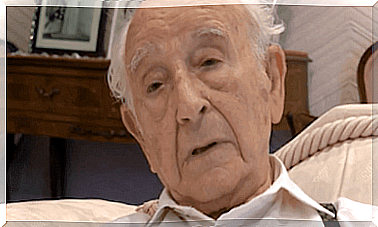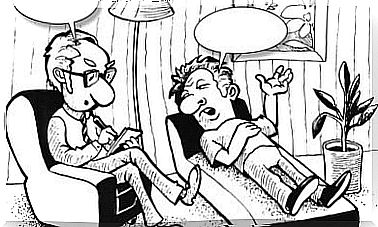4 Conflict Resolution Techniques

Discussions and fights are not very pleasant situations. However, they tend to be present in almost every area where we have to interact with other people. Furthermore, if we learn to manage them properly, they can become a great opportunity to grow and improve our relationships. That’s why it’s critical that we learn some effective conflict resolution techniques.
In recent decades, disciplines such as psychology have been concerned with developing some of these techniques. In today’s article, you’ll find out which ones are the most used. That way, the next time you find yourself in a difficult situation, you’ll have some effective conflict resolution techniques. However, we will first see why these techniques are necessary. Is it really important to study them? Can we act only according to our opinion in difficult situations?
Why are conflict resolution techniques necessary?
Discussions are practically unavoidable in areas such as work or family. When we have to live with other people, the most normal is that our ideas or preferences end up generating a disagreement at some point. This can have many causes, such as differences of opinion, stress in your personal life, power plays, or personal pet peeves.
If we don’t manage these problems properly, they can escalate or become chronic, causing a conflict that lasts over time. When that happens, our emotional state gets heavy. We take a load and carry it wherever we go, no matter how hard we try to face it with pride and say we don’t care.
In the work environment, for example, this will create a heavy atmosphere. That way, employees will be less motivated. In the family environment, conflicts also generate a lot of tension. If conflict resolution techniques are not used, arguments may end up alienating some family members.
However, using the right techniques, what could be a disaster can turn into a mere anecdote. Knowing the best conflict resolution techniques will therefore help you to improve your relationships with others. In addition, it will allow you to improve as a mediator in cases where the discussions are not about you.

Some known conflict resolution techniques
While there are many tools for managing discussions, some are more effective than others. In this article, we will study the following:
- Avoidance.
- Accommodation
- Commitment.
- Collaboration.
Let’s see each of them, along with their advantages and disadvantages:
1- Avoidance
Avoidance is one of the conflict resolution techniques we tend to use the most, especially introverts. However, it is also one of the least effective, at least in general. It simply consists of withdrawing from a situation where there is a threat of an argument or where a fight is already taking place. However, there are times when conflicts increase in size when we avoid them.
On the contrary, this strategy can be useful when the conflict can be resolved by itself and the consequences are not serious. It will also be helpful when the situation is very tense and there is a danger that you or the other person will be impulsive and express ideas that are more in keeping with the feeling of anger than with reality.
The key is not to let this become our only strategy; we must use it wisely. If we only use it when it is most useful, avoidance can become a good ally.
2- Accommodation
Accommodation consists of finding areas of agreement between the two parties to a conflict, trying not to lose an objective view of the big picture. A conflict or confrontation can occur in a certain field, but that does not mean that the disagreement is total. However, this is not so easy to see once the fight starts. We get defensive and prioritize our vision. Keeping your eyes open is not so easy.
However, by reducing the intensity and focusing on the points of agreement, it will be easier to find an output that pleases both, at least a little. In fact, harmony in the group can be restored even if the underlying discussion is not fully resolved. Again, accommodation shouldn’t be your only strategy. Finally, we can say that it is useful when it is important to maintain cordiality and seek a basis for making a deal.
3- Agreement
The next conflict resolution technique is to find a balance between the needs of the two parties. This tool is especially useful when everyone involved in the discussion needs to win.
Thus, the conflict loses intensity and it is possible to buy time to find a more stable solution. However, while both sides win to some extent, neither side gets exactly what it wants. Therefore, they may remain dissatisfied even after negotiations. However, at least, there can be an approximation between the parts. Furthermore, this type of testing allows us to see how a solution might work in reality, not just on paper.

4- Collaboration
Collaboration is the most difficult conflict resolution technique to execute, but it is also one of the most effective. It consists of mediating a disagreement until both parties are able to find a solution. This can take a lot of time and resources, but it’s the only way to come up with a solution that makes the parties happy with the outcome.
Of course, there are many other techniques for resolving conflicts. However, these four are some of the most used. Practice them and apply them to different situations. You will see how your discussions will decrease in frequency and intensity.








